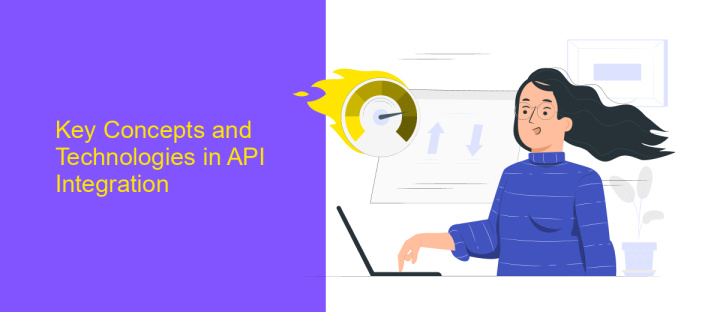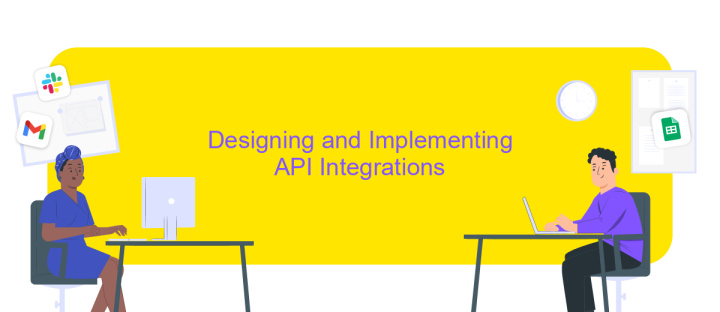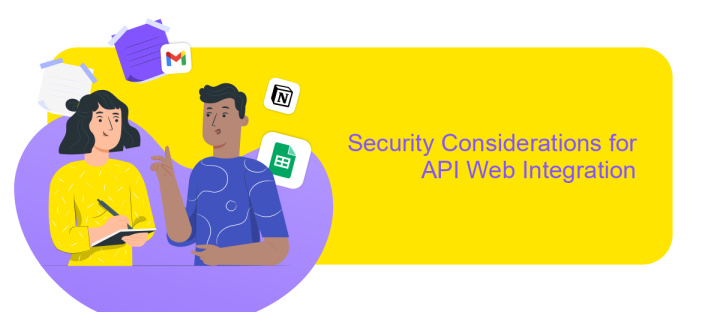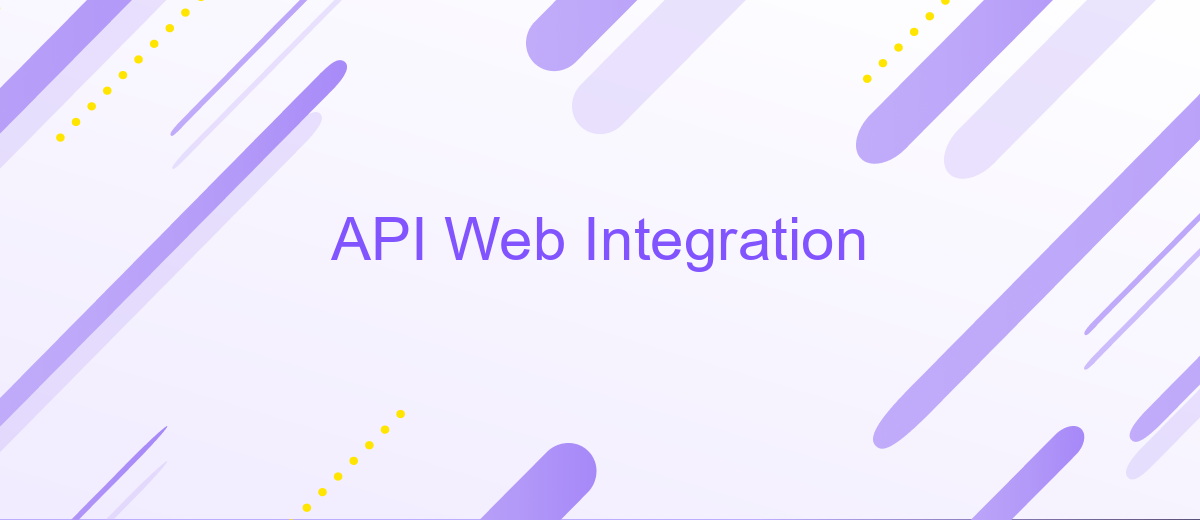API Web Integration
In today's digital landscape, API web integration stands as a cornerstone for seamless connectivity and data exchange between diverse applications. By enabling disparate systems to communicate effortlessly, APIs empower businesses to enhance functionality, improve user experiences, and drive innovation. This article explores the fundamental concepts, benefits, and best practices of API web integration, offering insights into how organizations can leverage this technology to stay competitive and agile.
Understanding API Web Integration Fundamentals
API Web Integration is a crucial component in the digital landscape, enabling different software systems to communicate and share data seamlessly. By leveraging APIs, developers can integrate third-party services, enhance functionality, and improve user experiences. Understanding the fundamentals of API integration involves comprehending how APIs function, the types of APIs available, and the protocols they use.
- REST (Representational State Transfer) is a popular architectural style for designing networked applications.
- SOAP (Simple Object Access Protocol) is a protocol for exchanging structured information in web services.
- GraphQL is a query language for APIs, allowing clients to request specific data.
- Authentication methods such as OAuth and API keys ensure secure access to API endpoints.
Successfully integrating APIs requires a solid understanding of these components and the ability to adapt to evolving technologies. Developers must also consider error handling, rate limiting, and data transformation to ensure robust and efficient integration. By mastering these fundamentals, businesses can unlock new opportunities for innovation and collaboration, enhancing their digital ecosystems and driving growth.
Key Concepts and Technologies in API Integration

API integration is a crucial aspect of modern software development, enabling different systems to communicate and share data seamlessly. A key concept in API integration is the use of RESTful APIs, which rely on standard HTTP methods to perform operations on data resources. These APIs are designed to be stateless and cacheable, ensuring efficient and scalable communication between applications. Another important technology is OAuth, a protocol that provides secure authorization by allowing users to grant access to their resources without sharing credentials.
In addition to understanding these concepts, utilizing integration platforms like ApiX-Drive can significantly simplify the process. ApiX-Drive offers a user-friendly interface to connect various applications without the need for extensive coding knowledge. It provides pre-built connectors and automation tools that streamline data transfer and synchronization between systems. By leveraging such services, businesses can enhance their operational efficiency and reduce the time and effort required for manual integration tasks, allowing developers to focus on building innovative solutions.
Designing and Implementing API Integrations

Designing and implementing API integrations requires careful planning and execution to ensure seamless data exchange between systems. A well-thought-out API integration can enhance functionality and improve user experience. The process begins with understanding the specific requirements and constraints of the systems involved, followed by selecting the appropriate API protocols and standards.
- Identify the integration requirements and objectives.
- Choose the appropriate API protocols and authentication methods.
- Design the data flow and mapping between systems.
- Develop the integration using robust coding practices.
- Test the integration thoroughly to ensure reliability and security.
- Deploy the integration and monitor its performance.
Once the integration is deployed, continuous monitoring is essential to maintain performance and security. Regular updates and optimizations may be required to adapt to changes in the API or the systems it connects. By following a structured approach, businesses can achieve efficient and scalable API integrations that meet their evolving needs, ensuring that data flows smoothly and securely across platforms.
Security Considerations for API Web Integration

When integrating APIs into web applications, security should be a top priority. APIs often serve as gateways to sensitive data and critical services, making them potential targets for malicious attacks. Therefore, it’s crucial to implement robust security measures to protect both the API and the data it handles. Secure API design and implementation can prevent unauthorized access and data breaches.
One of the fundamental aspects of API security is authentication and authorization. Ensuring that only authorized users and systems can access the API is essential. Furthermore, data transmitted via APIs should be encrypted to prevent interception and tampering during transit. Regular security audits and updates are also necessary to keep the API secure against emerging threats.
- Use HTTPS to encrypt data in transit.
- Implement OAuth or other secure authentication methods.
- Validate and sanitize all inputs to prevent injection attacks.
- Rate-limit API requests to mitigate denial-of-service attacks.
- Regularly update and patch API components.
In conclusion, securing API web integrations involves multiple layers of protection, from encryption and authentication to continuous monitoring and updates. By adhering to best practices and staying informed about the latest security threats, developers can ensure that their APIs remain secure and reliable. This proactive approach is vital for maintaining user trust and safeguarding sensitive information.


Best Practices and Troubleshooting API Integrations
When integrating APIs, it is essential to follow best practices to ensure seamless communication between systems. Start by thoroughly understanding the API documentation, as this will guide you through the integration process and help avoid common pitfalls. Implement robust error handling to manage potential issues gracefully, ensuring that your application can recover from unexpected API responses. Additionally, consider using an integration platform like ApiX-Drive, which simplifies the process by providing pre-built connectors and automation tools, enabling you to focus on your core business logic.
Troubleshooting API integrations requires a systematic approach. Begin by checking the API request and response logs to identify any discrepancies. Ensure that authentication credentials are accurate and have the necessary permissions. If issues persist, consult the API provider's support resources or community forums for insights and solutions. Regularly test your integrations in a staging environment to catch errors before they affect your production environment. By following these practices, you can maintain reliable and efficient API integrations.
FAQ
What is an API and why is it important for web integration?
How do I choose the right API for my web integration needs?
What are common challenges faced during API integration?
How can I automate my workflow using APIs?
What should I consider regarding API security during integration?
Apix-Drive will help optimize business processes, save you from a lot of routine tasks and unnecessary costs for automation, attracting additional specialists. Try setting up a free test connection with ApiX-Drive and see for yourself. Now you have to think about where to invest the freed time and money!

